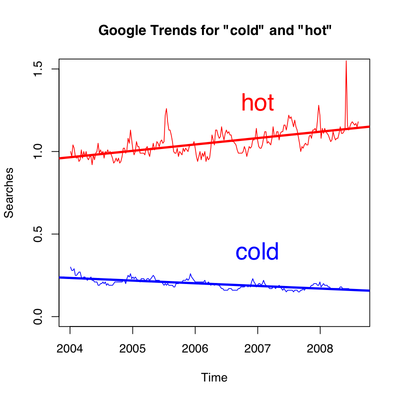My mathematical genealogy
- Luca Pacioli
- Domenico Maria Novara da Ferrara
- Nicolaus Copernicus
- Georg Joachim von Leuchen Rheticus
- Caspar Peucer
- Salomon Alberti
- Ernestus Hettenbach
- Ambrosius Rhodius
- Christoph Notnagel
- Johann Andreas Quenstedt
- Michael Walther, Jr.
- Johann Pasch
- Johann Andreas Planer who doesn’t have a Wikipedia page
- Christian August Hausen
- Abraham Gotthelf Kästner
- Johann Friedrich Pfaff
- Carl Friedrich Gauss
- Christian Ludwig Gerling
- Julius Plücker
- C. Felix (Christian) Klein
- William Edward Story
- Solomon Lefschetz
- Norman Earl Steenrod
- George William Whitehead, Jr.
- John Coleman Moore
- William Browder
- Sylvain Edward Cappell
- Shmuel Aaron Weinberger
There are some branches to choose among, but I think the branch starting with Pacioli is the most appropriate.
Posted: Thursday, June 11, 2009 8:06:38pm
Category: General
Permalink and Comments
